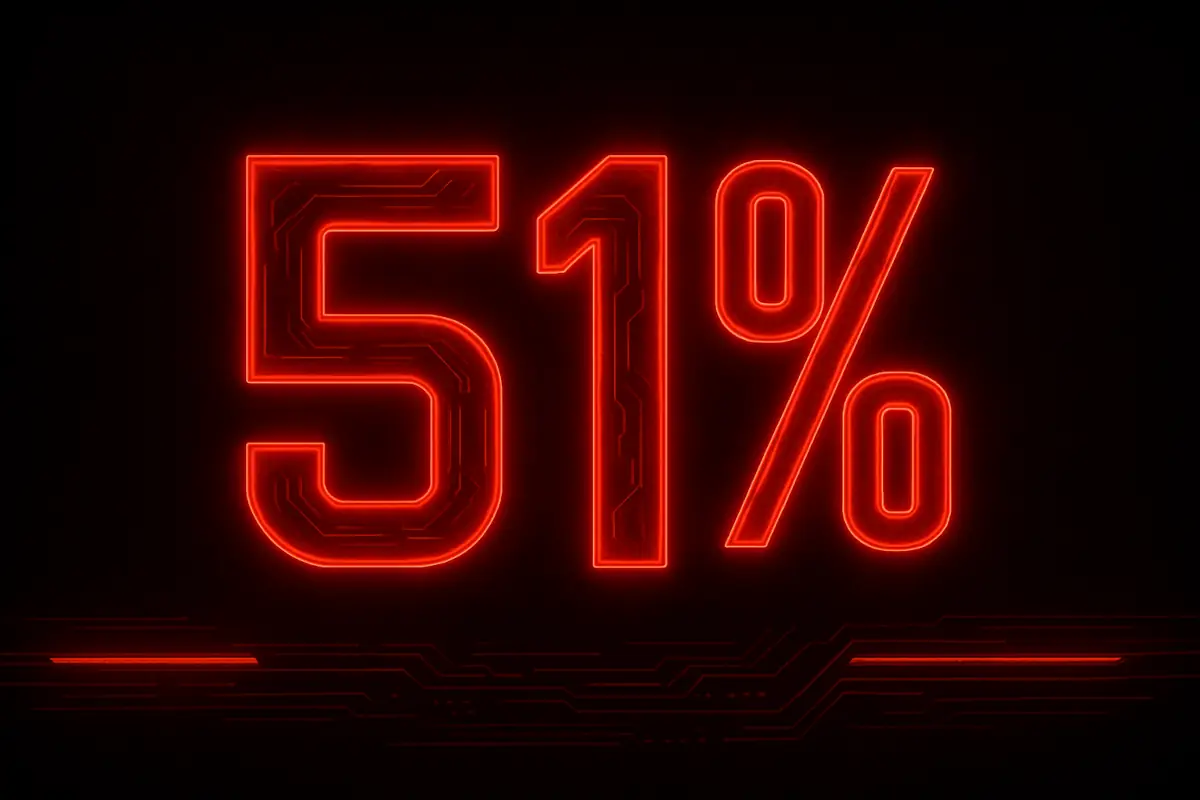For centuries, gold has been the ultimate store of value. Its allure dates back to ancient civilizations, where it was used as currency and a symbol of wealth and power. Gold is tangible, durable, and scarce, making it a reliable hedge against inflation and economic instability. Investors have traditionally turned to gold during times of financial uncertainty, relying on its historical track record to preserve their wealth.
Gold’s value is influenced by a variety of factors, including supply and demand, geopolitical stability, and market sentiment. Mining production, central bank policies, and jewelry and industrial demand also play significant roles. Because gold is a physical asset, it is immune to the risks associated with digital assets, such as hacking or technological obsolescence. However, storing and transporting gold can be cumbersome and expensive.
Table of Contents
The Rise of Bitcoin
Bitcoin, often referred to as digital gold, emerged in 2009 as a decentralized digital currency. Created by the mysterious Satoshi Nakamoto, Bitcoin was designed to operate independently of any central authority, using blockchain technology to enable peer-to-peer transactions. Bitcoin’s finite supply—capped at 21 million coins—mimics gold’s scarcity, which has led many to view it as a digital counterpart to the precious metal.
Bitcoin’s value is highly volatile, driven by market sentiment, technological advancements, regulatory news, and macroeconomic trends. Unlike gold, Bitcoin can be easily transferred and stored digitally, offering a level of convenience that physical gold cannot match. It also allows for fractional ownership, enabling investors to buy small portions of a Bitcoin rather than an entire coin. However, Bitcoin’s digital nature also exposes it to risks such as cyber attacks, regulatory crackdowns, and technological changes.
Similarities Between Gold and Bitcoin
Both gold and Bitcoin share several similarities that make them attractive to investors seeking a store of value. Their scarcity is a significant factor, as both assets have a limited supply, which helps preserve their value over time. Additionally, neither gold nor Bitcoin is tied to any specific country’s economy or currency, providing a hedge against currency devaluation and geopolitical instability.
Both assets have also gained a reputation as safe havens during economic downturns. Investors flock to gold and Bitcoin during times of financial crisis, looking for stability outside of traditional financial systems. Their value is largely determined by market demand and investor sentiment, rather than being influenced by central banks or government policies.
Differences Between Gold and Bitcoin
Despite their similarities, gold and Bitcoin differ in several key aspects. Gold is a tangible asset, while Bitcoin is purely digital. This tangibility makes gold a physical store of value, immune to technological risks. In contrast, Bitcoin’s digital nature makes it vulnerable to cyber threats and reliant on technological infrastructure.
Gold has a long history of being used as money and a store of value, providing a sense of reliability and trust. Bitcoin, on the other hand, is relatively new and still evolving. Its short history means it lacks the same level of trust and widespread acceptance that gold enjoys. Additionally, gold’s price stability is generally higher than Bitcoin’s, which is known for its significant price volatility.
The liquidity and ease of transfer also differ. Bitcoin can be transferred quickly and easily across the globe with low transaction fees, whereas gold requires physical handling and often incurs higher costs for storage and transportation. Moreover, Bitcoin’s blockchain technology allows for transparency and traceability in transactions, which is not possible with gold.
Investment Considerations: Gold, Bitcoin, or Both?
Deciding whether to invest in gold, Bitcoin, or both depends on your investment goals, risk tolerance, and market outlook. Gold offers a sense of stability and a long track record, making it a safer option for conservative investors looking to hedge against inflation and economic uncertainty. Its physical nature provides a tangible store of value that has been trusted for centuries.
Bitcoin, with its high growth potential and ease of transfer, appeals to more adventurous investors who are comfortable with its volatility and digital nature. Its finite supply and increasing mainstream acceptance suggest that it could play a significant role in the future of finance. However, the risks associated with regulatory changes and technological threats should not be overlooked.
For a balanced approach, diversifying your portfolio with both gold and Bitcoin could be a prudent strategy. Gold can provide stability and a hedge against traditional market risks, while Bitcoin offers the potential for higher returns and a hedge against technological and systemic financial risks. By investing in both, you can capitalize on the unique strengths of each asset, creating a well-rounded and resilient investment portfolio.
In conclusion, gold and Bitcoin each have their own merits and risks. Understanding these can help you make informed decisions about where to allocate your investments. Whether you choose gold, Bitcoin, or a combination of both, staying informed and carefully considering your financial goals and risk tolerance is key to successful investing.




